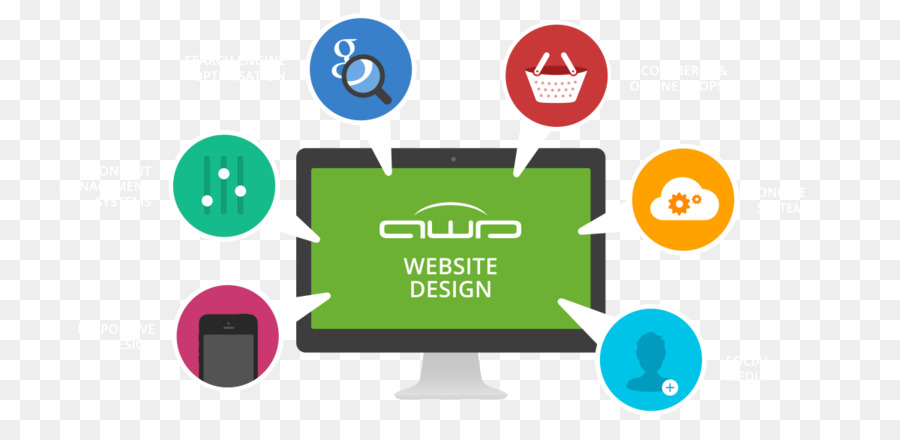Fascinated In Finding Out Exactly How Web Site Layout Has Advanced For Many Years? Check Out The Journey From Uncomplicated Layouts To User-Centered Approaches
Fascinated In Finding Out Exactly How Web Site Layout Has Advanced For Many Years? Check Out The Journey From Uncomplicated Layouts To User-Centered Approaches
Blog Article
Created By-Hartley Clarke
In the past, internet sites were simple and concentrated on info. Navigating was straight, and style was for desktops. Now, individual experience is vital. Data guides designs for very easy navigating. Receptive designs fit different tools. Today, dark setting decreases pressure, and minimal food selections enhance navigating. Interactive features involve individuals, and bold visuals stand apart. AI assimilation improves engagement. See exactly how style has progressed to boost your online journey.
Early Days of Web Design
In the very early days of web design, simpleness preponderated. Websites were fundamental, with limited shades, font styles, and designs. The emphasis got on supplying info instead of flashy visuals. Individuals accessed the internet through sluggish dial-up connections, so speed and performance were essential.
Navigation food selections were straightforward, normally situated at the top or side of the page. Web sites were created for home computer, as mobile surfing wasn't yet prevalent. Material was king, and developers focused on simple readability over intricate layout components.
HTML was the main coding language used, and designers needed to function within its constraints. Animations and interactive attributes were marginal contrasted to today's requirements. Sites were static, with little vibrant material or tailored customer experiences.
Increase of User-Focused Design
With the development of site style, a shift towards user-focused style concepts has become progressively prominent. Today, creating sites that prioritize customer experience is essential for involving visitors and accomplishing service goals. User-focused layout involves comprehending the requirements, preferences, and behaviors of your target audience to tailor the web site's format, content, and includes appropriately.
Developers now carry out extensive research study, such as user studies and usability screening, to collect understandings and comments directly from customers. This data-driven method helps in producing intuitive navigating, clear calls-to-action, and visually appealing user interfaces that resonate with visitors. By placing the user at the center of the layout process, websites can provide a much more personalized and pleasurable experience.
Receptive layout has additionally become a vital element of user-focused design, ensuring that internet sites are maximized for various gadgets and screen dimensions. https://www.bizcommunity.com/Article/196/16/228790.html enhances ease of access and usability, accommodating the diverse ways customers connect with websites today. Basically, the rise of user-focused design signifies a change in the direction of creating electronic experiences that prioritize the requirements and expectations of completion customer.
Modern Trends in Website Design
Check out the latest trends shaping website design today. One noticeable pattern is dark setting layout, providing a sleek and contemporary appearance while reducing eye strain in low-light settings. One more vital fad is minimal navigation, simplifying menus and improving user experience by concentrating on essential elements. Including micro-interactions, such as animated switches or scrolling impacts, can create a much more engaging and interactive internet site. Responsive design continues to be critical, ensuring smooth customer experiences throughout various devices. Furthermore, using strong typography and unbalanced designs can include aesthetic rate of interest and draw attention to certain content.
Incorporating AI technology, like chatbots for client support or tailored suggestions, boosts individual engagement and simplifies processes. Accessibility has likewise become a significant trend, with designers prioritizing comprehensive layout practices to satisfy varied customer needs. Embracing sustainability by maximizing web site performance for rate and effectiveness is an additional emerging trend in web design. Working together with customer responses and information analytics to iterate and enhance style constantly is crucial for staying pertinent in the ever-evolving digital landscape. By welcoming these contemporary trends, you can produce a visually enticing, user-friendly internet site that reverberates with your audience.
Verdict
As you reflect on the advancement of web site design from the very early days to currently, you can see how user-focused design has become the driving pressure behind contemporary fads.
Welcome the trip of adjustment and adaptation in web design, constantly keeping the user experience at the leading edge.
Keep existing with the most recent fads and modern technologies, and never stop developing your strategy to develop visually spectacular and straightforward websites.
Develop, adapt, and produce - the future of website design is in your hands.
